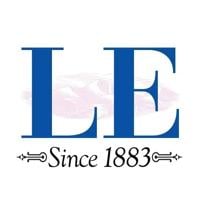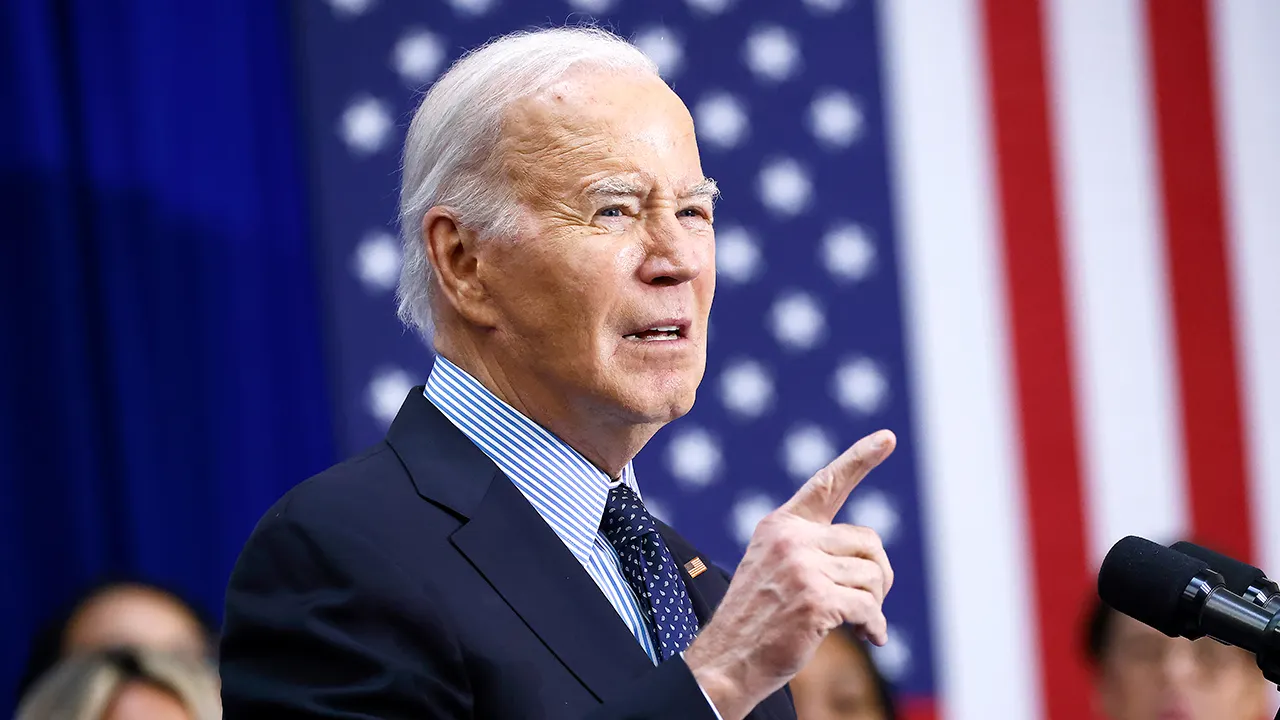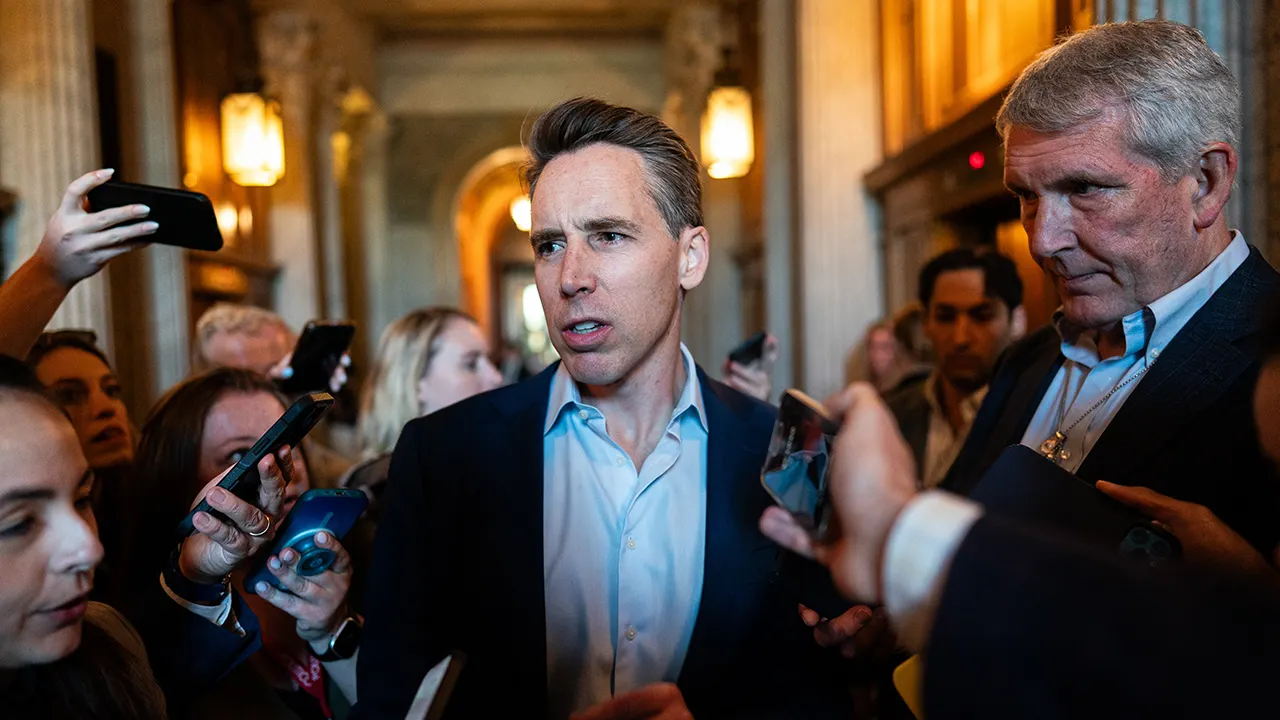Montana
Did Montana Just Enact the Nation’s Most Aggressive Anti-Climate Law? – Inside Climate News

Montana Republican lawmakers have passed legislation that bars state agencies from considering climate change when permitting large projects that require environmental reviews, including coal mines and power plants. Gov. Greg Gianforte signed the bill last week, marking what could be considered the nation’s most aggressive anti-climate law.
Under House Bill 971, Amanda Eggert reports for the Montana Free Press, the Montana Department of Environmental Quality and other state regulators can’t consider greenhouse gas emissions and climate impacts when conducting environmental reviews for large projects. The move builds off a decade-old state law that already banned the state from considering “actual or potential impacts that are regional, national, or global in nature” in such reviews.
The law comes as a Montana judge weighs a case brought by 16 youth plaintiffs who are suing the state government for its pro-fossil fuel energy policies, which they argue violates their right to a “clean and healthful environment” as guaranteed by Montana’s 50-year-old constitution. The hearing for that case is set to begin next month.
Proponents of Montana’s new law, including its sponsor, Rep. Josh Kassmier, argued the legislation was necessary to restore authority over setting policy to state lawmakers after a district judge revoked a permit back in April for a proposed natural gas power plant that state regulators had already approved.
But the measure was met by fierce opposition from environmentalists, who accused the Republican-led Montana Legislature of “hiding its head in the sand” and argued that the majority of Montanans believe in human-caused climate change and want to take meaningful action to address it. A 2022 poll conducted by Colorado College found that nearly 60 percent of Montanans believe in climate change and want to address it, including by transitioning to renewable energy. Of the more than 1,000 comments submitted by local residents on House Bill 971, a whopping 95 percent opposed it.
“Our families are already suffering from an increase in the number of sweltering summer days, longer wildfire and smoke seasons, and historic drought,” Winona Bateman, executive director of Families for a Livable Climate, told the Montana Free Press. “I am not sure how Gov. Gianforte imagines we will do our part to address these growing impacts, or pay for them, if we’re not working to eliminate the root cause.”
Montana’s climate has changed notably over the past century, according to the Environmental Protection Agency, leading to snowpacks melting earlier in the year, more frequent heat waves and increased risk of wildfires. In fact, Montana’s own 2015 climate assessment found that the state’s annual average temperatures have increased between 2 and 3 degrees Fahrenheit from 1950 to 2015, with winter and spring temperatures rising upwards of 3.9 degrees. That report also found that between 1951 and 2010, the state’s average winter precipitation decreased by roughly an inch and the number of days exceeding 90 degrees Fahrenheit in any given year grew by an average of 11.
But despite those impacts, Montana Republicans have fought tirelessly to thwart policies that could threaten the bottom line of coal, oil and gas companies in the state. The Treasure State—a nickname referring to the wealth of minerals found in Montana’s mountains, including coal—has long benefited from a bustling fossil fuel industry. The Bakken formation, one of the largest onshore oil and gas fields in the United States, lies partially in eastern Montana. The state also contains the largest recoverable coal reserves in the U.S., with six coal mines still active and nearly half the state’s electricity coming from coal-burning power plants.
Several GOP state lawmakers also have close ties to the fossil fuel industry. Both Montana Rep. Gary Parry, a member of the House Natural Resources Committee, and recently retired state Sen. Duane Ankney worked for the coal industry before serving in office. U.S. Rep. Ryan Zinke, the Montana Republican who served as Secretary of the Interior under former President Donald Trump, was also a board member of the oil pipeline company QS Energy before he helped facilitate oil and gas development on federal lands for the Trump administration.
Still, the bill that Gov. Greg Gianforte signed into law last week could set a new precedent for anti-climate policy. Not since North Carolina passed its 2012 law, which prohibited government agencies from using anything but historical data on sea level rise when drafting development policy, has a state legislature so aggressively sought to squelch modern climate science. By the time North Carolina’s law passed, opponents had successfully weakened it so that agencies were only banned from considering scientific climate projections for four years. Montana’s law contains no such amendment and extends to all climate-related impacts, not just sea level rise.
Several other red states have introduced or passed legislation that also limits government consideration of climate change, but mostly in public education and investing. Texas passed a law that bars the state from doing business with financial firms that have divested from fossil fuel companies for climate reasons, with state lawmakers now hoping to extend that ban to climate-conscious insurance companies. Nearly two dozen red states have passed or are considering similar actions.
Ohio Republican lawmakers are considering legislation that would force colleges to teach “both sides” of the debate over whether human-made climate change is real, despite the fact that 99.9 percent of scientific literature agrees that burning fossil fuels is accelerating global warming at an unprecedented rate. Tennessee and Louisiana have already passed similar laws.
North Carolina’s law could also conflict with federal policy, including the EPA’s recent draft rule that would require coal-fired power plants, along with some natural gas plants, to use new technologies to capture 90 percent of their carbon emissions by 2038.
In a statement to Montana Free Press, Gianforte spokesperson Kaitlin Price said the new law would allow state agencies to analyze greenhouse gas emissions “if it is required under federal law or if Congress amends the Clean Air Act to include carbon dioxide as a regulated pollutant.” But Congress did just that last year, when it passed the Inflation Reduction Act, which amended the Clean Air Act’s Title VI to include new sections on clean vehicles, greenhouse gas emissions and port pollution.
“There’s a tapestry that is woven throughout the fabric of the Clean Air Act under this legislation that makes it abundantly clear it is EPA’s responsibility to address climate pollution,” Vickie Patton, general counsel at the environmental advocacy nonprofit Environmental Defense Fund, told Bloomberg Law. That includes “greenhouse gases or air pollutants.”
More Top Climate News
Biden Plan Would Open Leases to Conservation, Not Just Drilling and Grazing: A new Biden administration draft rule, first announced back in March, would open up federal lands to leases for both conservation efforts and oil and gas drilling, Matthew Brown reports for the Associated Press. The regulation, like many of Biden’s recent actions regarding federal land development, is drawing criticism from both environmentalists and conservatives. Federal officials say the move puts everyone on equal footing. But what will that mean for Biden’s climate agenda?
Climate Scientists Face ‘Barrage’ of Abuse on Twitter After Musk Takeover: Ever since Elon Musk took over Twitter last year, climate scientists are reporting a dramatic spike in abusive language aimed at them from accounts propagating climate denial claims, Anna Fazackerley reports for the Guardian. “There’s been a massive change,” said Mark Maslin, professor of earth system science at University College London and the author of popular climate books. “I get so much abuse and rude comments now. It’s happening to all of us.”
Pacific Northwest Heat Advisory Impacts 12 Million People: Federal forecasters warned that more than 12 million people living in the Pacific Northwest will be impacted by an early-year heat wave that began over the weekend and is expected to last through at least Tuesday, Olafimihan Oshin reports for The Hill. The National Weather Service warned of “above-normal temperatures” along the West Coast, with daytime temperatures expected to reach 10 to 20 degrees above normal on Tuesday. Four locations in the Seattle region already broke records for high temperatures.
Today’s Indicator
68%
That’s the percentage that deforestation in Brazil’s Amazon rainforest fell in April compared to the same month last year, according to new government data. It’s a big win for the country’s new president, who promised to protect the Amazon, one of the world’s biggest carbon sinks.

Montana
Why some districts opted out of Montana’s high-profile STARS Act

We recognize you are attempting to access this website from a country belonging to the European Economic Area (EEA) including the EU which
enforces the General Data Protection Regulation (GDPR) and therefore access cannot be granted at this time.
For any issues, call 406-222-2000.
Montana
Montana teen becomes youngest woman to climb highest peak on every continent

At the age of just 17, Emma Schwerin is the youngest American woman to climb the Seven Summits — the highest peaks on the seven continents — including Mount Everest.
Cassidy Powers reports on her remarkable achievement:
Bozeman teen accomplishes ‘Seven Summits’
When she was five years old, Emma and her family moved to Bozeman. And you may think the mountains of Montana are what inspired her to start this climbing journey. But in reality, it was quite different.
“My eighth-grade class did a unit on Mount Everest,” Emma said. It inspired me. Then we were like ‘let’s go to Everest basecamp’. And the next day we decided to book a trip.”
That trip encouraged Emma to set a goal: she wanted to be the youngest woman to climb the Seven Summits. If you’re unfamiliar with the Seven Summits, they are the highest peaks on every continent, including North America’s own Mount Denali, which stands at more than 20,000 feet, and the tallest mountain in the world, Everest, which rises to more than 29,000 feet.
And Emma admits, “When we decided to do it, we didn’t know anything about mountaineering.”
But that didn’t stop her, or her father, Sam, from helping her accomplish this goal. After researching guide companies, and heading to Bolivia for a mountaineering prep course. It was time to start her journey. In November of 2023, she headed to Australia to climb Mount Kosciuszko.
“It was our first of our seven summits, and at the time I had no idea what I had gotten myself into,” Emma adds.
Next up was Kilimanjaro. Then Denali.
“I remember thinking every day on Denali, ‘This was the hardest day of my life’. And then the next day would happen, and I’d be like ‘this is the hardest day,’” Emma explained. “So the great thing about Denali was every day I kept proving to myself that I could do it.”
Emma Schwerin
After summiting Mont Blanc, Aconcagua, and Vinson, she saved the biggest for last: Mount Everest.
“I think the hardest part about Everest is the length of it. Because it just has a different kind of mental challenge,” says Emma.
It was a month and a half on the mountain, but Emma was determined to set this world record. On May 15, 2025, after a long journey and with frostbite on her face, she summited Everest.
“I think that I was in shock, really, that it was all happening. All of our hard work was coming to this one point,” Emma shared her disbelief.

Emma Schwerin
Emma Schwerin had just become the youngest woman in the world to climb the Seven Summits at just 17 years old. To top it off, she is now also the youngest American woman to climb Mount Everest.
For her father, Sam, who climbed each summit side by side with her, the experience was profound.
“Watching her achieve the summits? I feel really proud about the impact she’s having on the world. Young adults, and on us adults. To say ‘hey, don’t judge us young people. There’s a lot we can do if you stay out of our way,’ and I couldn’t be more proud or appreciate that,” said Sam.
The message Emma hopes to share with young women across the globe is powerful:
“I hope my story shows that you can just one day discover this incredible thing? And just run with it. And if you believe in yourself and you believe in your mind and your abilities? Then you can really achieve anything.”
Click here to learn more about the Seven Summits.
Montana
REAL Montana Class VI Travels To Great Falls For Crop Production Seminar

-

 Movie Reviews1 week ago
Movie Reviews1 week agoMOVIE REVIEW – Mission: Impossible 8 has Tom Cruise facing his final reckoning
-

 Politics1 week ago
Politics1 week agoTrump honors fallen American heroes, praises God in Memorial Day address: 'Great, great warriors'
-

 Politics1 week ago
Politics1 week agoTrump admin asking federal agencies to cancel remaining Harvard contracts
-

 Culture1 week ago
Culture1 week agoCan You Match These Canadian Novels to Their Locations?
-

 Technology1 week ago
Technology1 week agoThe Browser Company explains why it stopped developing Arc
-

 News1 week ago
News1 week agoHarvard's president speaks out against Trump. And, an analysis of DEI job losses
-

 News1 week ago
News1 week agoRead the Trump Administration Letter About Harvard Contracts
-

 News1 week ago
News1 week agoCharles Rangel, Former New York Congressman, Dead at 94















